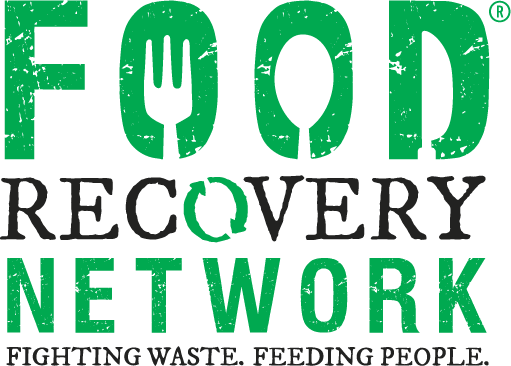How do you define impact? When I think about this question, my mind automatically leaps to metrics. At FRN, we collect a lot of data to understand the results of our work, much of which can be communicated through numbers. While we can share really interesting information, like how many pounds of food our students recover per semester, we still have to ask ourselves, what do these numbers really mean? What do numbers really tell us about the actual impact of the work produced, the message shared, or the service provided?
I grappled with these questions last fall as Food Recovery Network (FRN) volunteers supported the work of The Farmlink Project. Dozens of our students and alumni researched and made phone calls to connect with farmers that might have surplus food to donate. Sometimes their efforts led to food recovery and donation, which we can quantify by looking at how many volunteers participated, how many hours of service they provided, and how many pounds of food were moved as a result:
55 volunteers
319 hours
638,000 pounds of food
“FarmLink is an incredible solution to combating both food waste and food insecurity. As a member of the FRN eboard and as a farmworker— I’ve seen how much good food gets wasted on the farm and how much prepared food gets thrown out that could have otherwise been recovered. I love being part of a team that works together to circulate fresh produce and food items to people with less access in such a creative and innovative way.”
However, there were many more instances in which volunteer research and calls didn’t lead anywhere. In speaking with FRN volunteers about their experience, though, it became clear to me that the full impact of this program can’t be reduced to metrics. There simply isn’t a way to measure:
The passion FRN volunteers brought to this work
The way they inspired their FRNds to volunteer
The skills, leadership and knowledge they gained
The strength of the relationships built with farmers, and
The value of fresh produce, when it could be donated, to food insecure communities
“Volunteering remotely with Farmlink has given me the chance to maintain activism towards food insecurity during a time when solutions are needed more than ever. I am very grateful for this experience and I look forward to more power hours in the near future.”
Sometimes, the largest impact isn’t quantified in numbers. Instead, it is felt in the hearts of those who do the work and those who receive the support they need, demonstrated through our commitments and the simple act of showing up, and inspired through our passion and leadership. I am so grateful for all those who volunteered with us in 2020; you power our movement to combat hunger and food waste and your impact extends far beyond numbers.
Interested in volunteering with FRN and Farmlink this spring?








